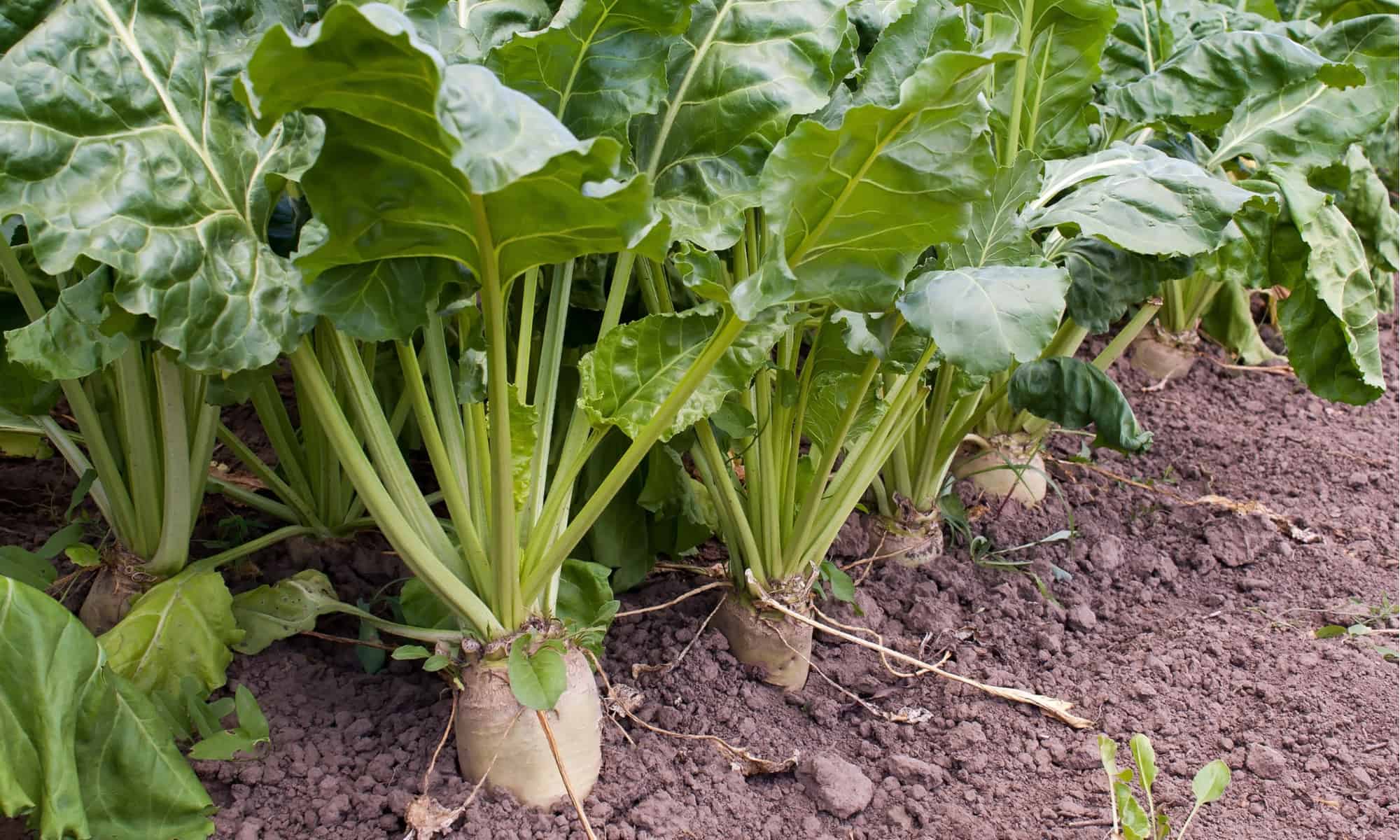The sourcing of beet sugar vs cane sugar affects farming impact in the sugar industry.
The sourcing of beet sugar vs cane sugar affects farming impact in the sugar industry.
Blog Article
Discover the Uses and Conveniences of Beet Sugar Vs Cane Sugar in Your Daily Diet Plan
Exploring the distinctive top qualities of beet and cane sugar exposes greater than simply their sweetening capacities; it highlights their unique effect on health and wellness and cookeries. Beet sugar, known for its refined taste, is usually favored in fragile treats, whereas cane sugar, with its tip of molasses, adds richness to robust meals. Each type holds its own dietary account and glycemic implications, welcoming a much deeper understanding of their duties in a balanced diet plan and lasting intake methods.
Origin and Manufacturing Processes of Beet and Cane Sugar

The distinct environments and soil types needed for growing sugar beets and sugarcane add to distinctions in their cultivation methods and geographical distribution, affecting the business economics and sustainability of their production. beet sugar vs cane sugar.
Nutritional Comparison Between Beet Sugar and Cane Sugar
In spite of originating from various plants, beet sugar and cane sugar are nutritionally extremely comparable, both primarily containing sucrose. Each gives about 4 calories per gram, equating to roughly 16 calories per tsp. Structurally, both sugars are composed of around 99.95% sucrose, with marginal amounts of various other materials like moisture and trace element, which do not significantly modify their nutritional accounts.

Inevitably, when picking in between beet sugar and cane sugar based upon dietary web content alone, both offer the same benefits and blog drawbacks as they are essentially forms of the very same molecule-- sucrose, offering quick power without various other nutrients.
Effect On Health: Glycemic Index and Caloric Content
Exploring better into the effects of beet sugar and cane sugar on health, it is crucial to consider their glycemic index and caloric web content. The glycemic index (GI) of both beet and cane sugar is around 65, classifying them as high-GI foods, which can create fast spikes in blood sugar degrees.
Each kind of sugar consists of around 4 calories per gram, making their calorie material equivalent. For those keeping track of caloric intake, particularly when handling weight or metabolic health conditions, understanding this equivalence is essential (beet sugar vs cane sugar). Nevertheless, too much intake of any type of high-calorie, high-GI food can add to health and wellness problems such as excessive weight, heart problem, and insulin resistance.
Environmental and Economic Factors To Consider of Sugar Production
Beyond health effects, the production of beet and cane sugar likewise raises substantial environmental and economic issues. Sugar beet growing has a tendency to call for cooler climates and has a lower geographical impact contrasted to sugar cane, which prospers in exotic regions. Nonetheless, both crops are intensive in regards to water use and land profession, potentially bring about logging and water scarcity. Financially, the international sugar market is more tips here extremely volatile, influenced by modifications in worldwide profession policies and subsidies. Several countries incentivize sugar production via financial assistance, skewing market value and impacting small farmers adversely.
Additionally, using chemicals and plant foods in both beet and cane sugar growing can lead to dirt destruction and air pollution, further influencing biodiversity and local water bodies (beet sugar vs cane sugar). The option between cultivating sugar beet or cane commonly depends upon local environmental problems and economic factors, making the sustainability of sugar manufacturing an intricate concern
Culinary Applications and Flavor Distinctions
While the ecological and economic facets of sugar manufacturing are undoubtedly substantial, the option between beet and cane sugar also affects culinary applications and flavor accounts. Beet sugar, stemmed from the sugar beet plant, is recognized for its incredibly neutral preference. This makes it a flexible component in cooking, where it does not alter the flavor of other components. It dissolves rapidly and is excellent for use in cakes, cookies, and breads.
Walking cane sugar, drawn out from sugarcane, commonly keeps molasses traces, which pass on a distinctive splendor and depth. This small molasses taste improves the intricacy of baked items, sauces, and sauces. It is specifically favored in items where a caramel touch is wanted, such as in brownies or gingerbread. Furthermore, the small variant in wetness content between beet and cane sugar can impact the structure and uniformity of meals, making cane sugar a recommended selection for details recipes that take advantage of its one-of-a-kind buildings.

Conclusion
To conclude, both beet and cane sugar have distinct beginnings and production procedures, supplying comparable dietary accounts with slight differences in sodium material and flavor. While their click for more effect on health, particularly concerning glycemic index and calories, is equivalent, the choice between them usually steams down to ecological, financial aspects, and particular cooking requirements. Understanding these elements can guide customers in making informed choices that straighten with their health goals and flavor preferences.
Report this page